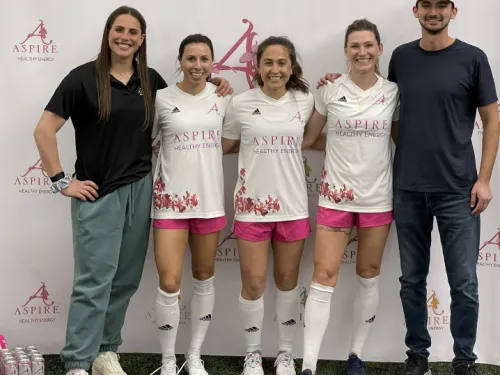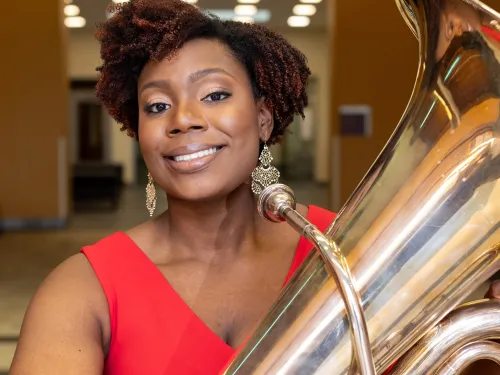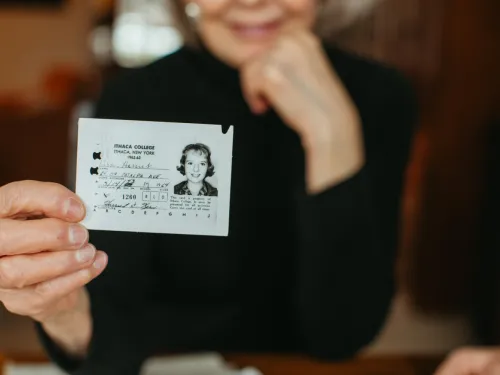The latest issue of ICView showcases the members of the Ithaca College community who have made their mark as online influencers.
Welcome to the ICView Website

From First Post to Full Time
IC students, alumni, and faculty are amassing huge followings with videos and social media content to entertain, inform, and inspire audiences worldwide.
On South Hill

Ithaca College’s School of Business Earns Prestigious AACSB Reaccreditation
Reaccreditation affirms School of Business's position among world's premier institutions.
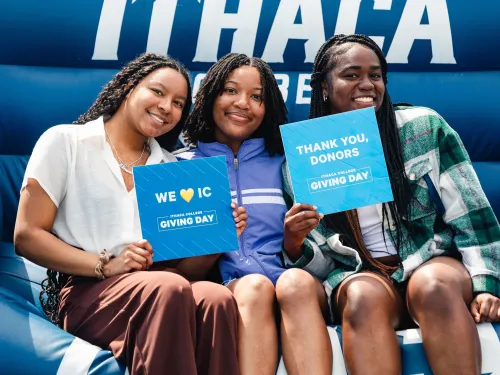
Giving Day Is a Huge Success
A sunny day in creating culture of philanthropy in the IC Community.
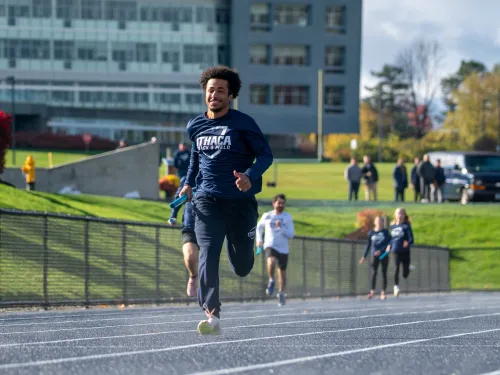
Bombers on Three
At Homecoming 2025, a new home for IC track & field anchored a weekend that honored legacy, leadership, and momentum.


